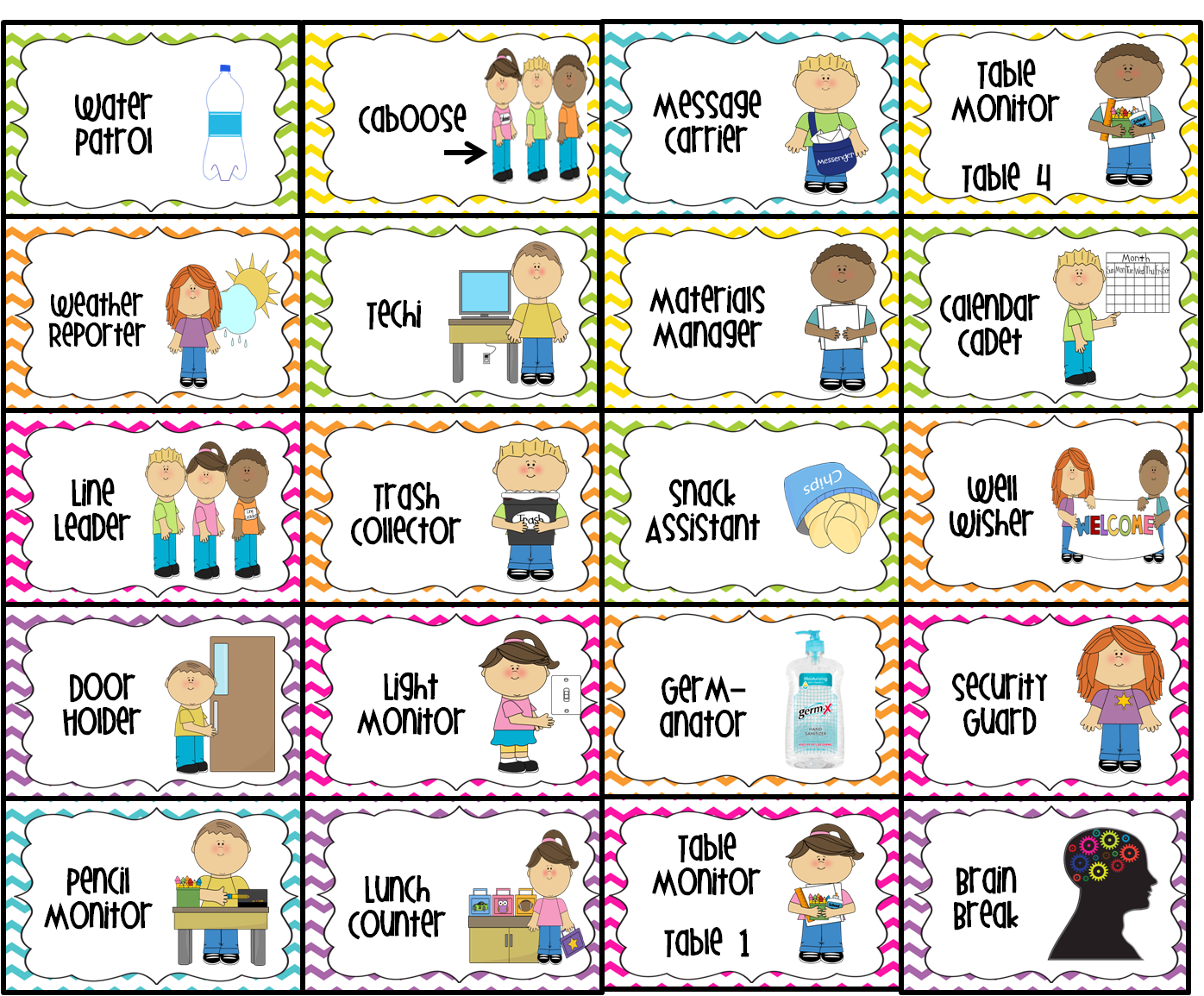
An Introduction to Class Helpers Chart
In every classroom, there are numerous tasks and responsibilities that need to be taken care of to ensure a productive and well-organized learning environment. One effective way to manage these tasks is by implementing a class helpers chart. A class helpers chart is a visual representation of various classroom jobs assigned to students, allowing them to take ownership and contribute to the smooth functioning of the class. This article will explore the benefits of using a class helpers chart and provide some ideas for implementing one in your classroom.

The Benefits of Using a Class Helpers Chart
Introducing a class helpers chart in your classroom can bring numerous benefits for both you as a teacher and your students. Here are some advantages:
- Develops a sense of responsibility and ownership among students
- Promotes teamwork and collaboration
- Teaches essential life skills, such as time management and organization
- Reduces teacher workload by delegating tasks to students
- Enhances classroom management and organization

Implementing a Class Helpers Chart in Your Classroom
Now that you understand the benefits, let's explore how you can implement a class helpers chart in your classroom:
Step 1: Identify Classroom Jobs
Start by brainstorming a list of classroom jobs that need to be done regularly. These can include tasks like line leader, calendar helper, librarian, or classroom cleaner. Make sure to consider age-appropriate tasks and assign jobs that are manageable for your students.

Step 2: Create a Visual Chart
Design a visually appealing chart that displays the assigned jobs and rotates them periodically, ensuring all students get a chance to experience different responsibilities. The chart can be a simple poster or a more interactive display using magnets or clothespins to indicate each student's job for the day or week.

Step 3: Explain and Assign Jobs
Introduce the class helpers chart to your students and explain the purpose and benefits of having classroom jobs. Assign each student a job and clarify their responsibilities. You can rotate the jobs daily, weekly, or monthly, depending on your preference and the complexity of the tasks.

Step 4: Provide Training and Support
Ensure that students understand their roles and responsibilities by providing training and support. Demonstrate each job and discuss expectations and guidelines. Encourage students to ask questions and offer assistance if needed. This will empower them to perform their tasks effectively.

Step 5: Monitor and Recognize Efforts
Regularly monitor students' performance in their assigned jobs and provide constructive feedback. Recognize their efforts and celebrate their achievements to motivate them further. This positive reinforcement will reinforce their sense of responsibility and encourage active participation.

Conclusion
Implementing a class helpers chart in your classroom can transform the learning experience for both you and your students. By assigning classroom jobs, you foster responsibility, teamwork, and essential life skills, while also reducing your workload as a teacher. So, why not give it a try? Create a class helpers chart today and witness the positive impact it brings to your classroom!